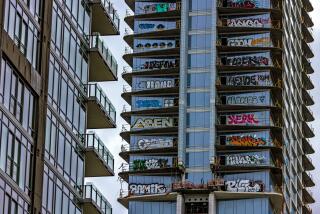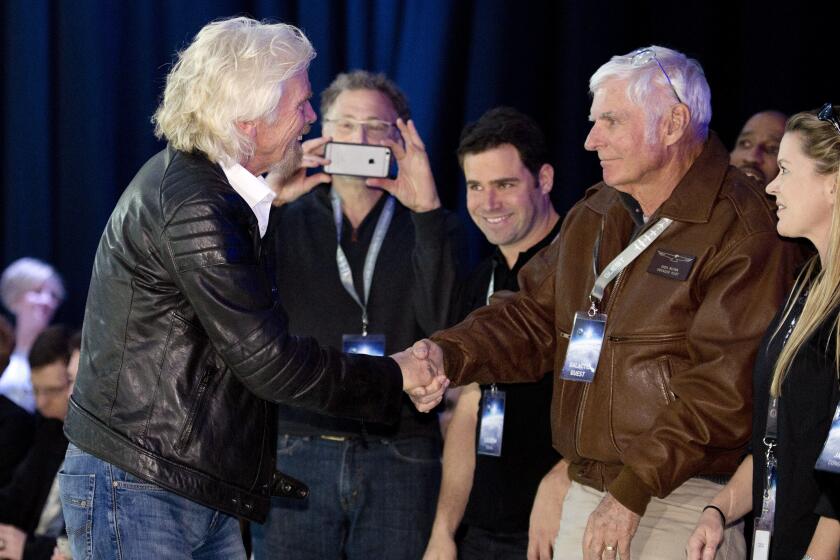NASP’s Cost to Soar Beyond SST
If the National Aerospace Plane gets the go-ahead, the money it will take to build will far exceed that of the Concorde.
The British and French governments spent $2 billion in the 1960s and 1970s to develop the sleek, droopy-nosed commercial aircraft.
But when the pride of Europe debuted in 1976, it encountered one problem after another. Critics called it an embarrassment.
For starters, even the affluent found it hard to justify spending $4,000 to $5,000 for a round-trip ticket between New York and Paris or New York and London. European designers anticipated that the fuel-hungry aircraft would cost more to ride than conventional planes, but the 1973 oil crisis caused its expenses to soar sky high.
Then there was a controversy over the Concorde’s noise levels and possible damage to Earth’s atmosphere caused by supersonic travel. Only after much bickering did New York grant landing rights. Even today, the planes can only land in this country in New York, Washington and Miami.
British and French taxpayers ended up having to swallow the $2 billion in development costs for the 20 Concordes that were eventually built.
The two airlines that fly the Concorde--British Airways and Air France--for years lost money flying the plane between the United States and Europe.
The British Airways Concorde fleet finally became profitable in 1982 and Air France’s Concorde operation landed in the black a year later. Today British Airways’ service is 93% full, and it made more than $50 million last year. Air France operates its Concorde at 61% of capacity and netted approximately $16 million last year.
But now there is a new problem on the horizon. The 14 Concordes still in service are scheduled for retirement in 12 years. The white bird, as it came to be known, will soon be extinct altogether.






